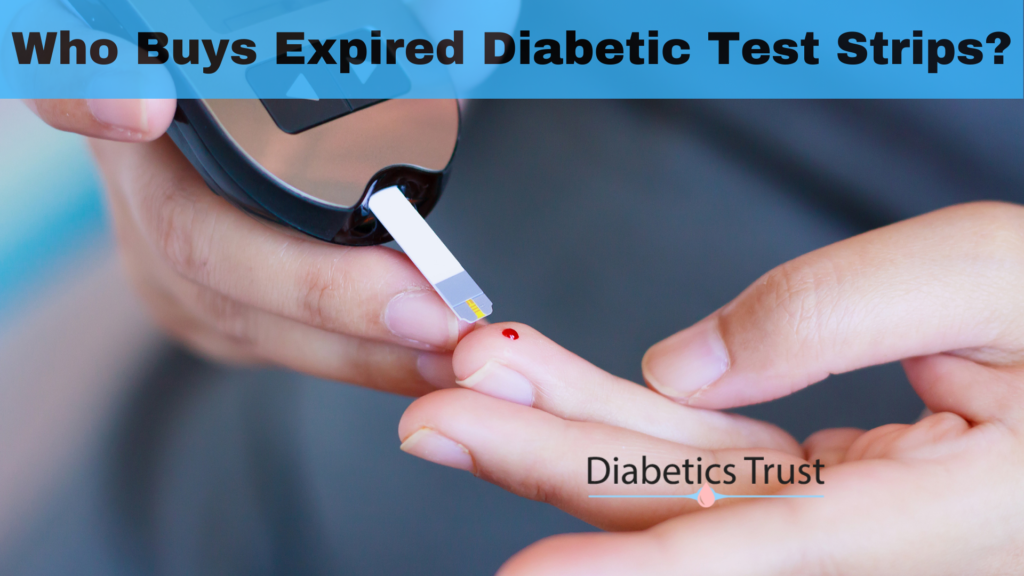A fundamental aspect of diabetes management is understanding the relationship between the food we consume and its impact on insulin, the hormone that plays a crucial role in regulating blood sugar levels.
When it comes to nutrition, it’s not about which foods turn into insulin, but rather which foods stimulate our body’s production of insulin. Furthermore, managing your diabetes can often lead to surplus insulin or diabetes supplies a reality where DiabeticsTrust.com can lend a helping hand.
The Insulin-Food Connection
Every food you consume impacts your insulin levels to some extent, with carbohydrates having the most significant effect. Consuming carbohydrate-rich foods like bread, pasta, rice, and fruits leads to a surge in blood glucose levels.
Your pancreas responds by producing insulin, which helps your body’s cells absorb the glucose.
Protein and Fats
While carbohydrates are the main influencers of insulin production, it’s important not to overlook protein and fats. Protein, when consumed in high amounts or without accompanying carbs, can also stimulate insulin release.
Fat, although it has little direct impact on insulin levels, can contribute to insulin resistance when consumed excessively, especially in the form of saturated and trans fats.

How Carbs, Fats, and Proteins Affect Insulin Production
While carbohydrates are the most potent influencers of insulin production, fats, and proteins also play a part. When consumed in large quantities or without carbohydrates, proteins can stimulate insulin production.
On the other hand, fats don’t directly affect insulin levels, but excessive consumption particularly of saturated and trans fats can contribute to insulin resistance.
Glycemic Index
The Glycemic Index (GI) is a helpful tool in this context. It ranks foods based on their effect on blood glucose levels. Foods with a high GI value (above 70) rapidly increase blood sugar levels, triggering more insulin production.
Including more low-GI foods (55 or less) in your diet can lead to better blood glucose control.
In Conclusion
Understanding the connection between food and insulin production is crucial for efficient diabetes management. Recognizing how different nutrients affect insulin release can empower you to make smarter food choices.
And as you navigate this journey, remember that services like DiabeticTrust.com are available to manage your surplus supplies, contributing to a broader community effort in fighting diabetes.





